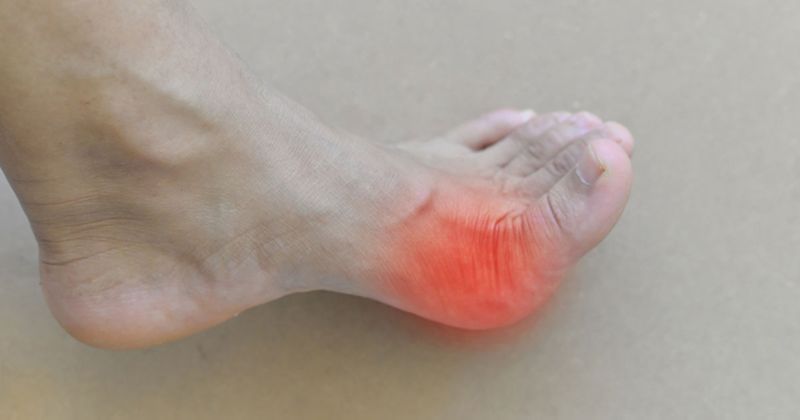SGLT2 inhibition reduces need for urate lowering therapies, medical visits in gout
WASHINGTON — SGLT2 inhibitors can reduce the need for urate-lowering and flare therapies, and lower the odds of gout-centric medical visits, in patients with gout alongside type 2 diabetes, according to a speaker at ACR Convergence 2024.
“Although SGLT2 inhibitors were initially approved for diabetes, of course, now we’ve discovered many additional benefits — both cardiometabolic and renal,” Gregory J. Challener, MD, a clinical fellow in medicine at Massachusetts General Hospital, in Boston, told attendees. “More recently it’s also been discovered that this class of medications has relevance to gout.

“So, the objective of our study was to examine whether patients with gout who initiated SGLT2 inhibitors or glucagon-like peptide-1 (GLP1) receptor agonists had different rates of gout-related medication and health care utilization thereafter,” he added.
To make the comparison, Challener and colleagues conducted a cohort study using U.S. claims data from the TriNetX Diamond network. Among patients with type 2 diabetes and gout, the researchers compared the use of urate-lowering therapy and colchicine, as well as the rate of gout-focused medical encounters, between those prescribed SGLT2 inhibitors and those prescribed GLP-1 receptor agonists.
The study included 16,046 patients on SGLT2 inhibitors and 16,104 on GLP1 agonists, with 11,800 from each group compared based on 1:1 propensity score matching. The patients were followed for 5 years from initiation of either a SGLT2 inhibitor or GLP1 receptor agonist.
Compared with starting a GLP1 agonist, initiating an SGLT2 inhibitor resulted in a lower likelihood of initiating urate-lowering therapy (HR = 0.69; 95% CI, 0.64-0.75) and colchicine (HR = 0.82; 95% CI, 0.75-0.89), according to the researchers. Those in the SGLT2-inhibition group additionally demonstrated a lower risk for gout-focused medical visits or encounters (HR = 0.94; 95% CI, 0.9-0.99).
“This large population-based study of gout patients with type 2 diabetes suggests that the urate-lowering benefit resulting from initiation of SGLT2 inhibitors reduces the need for initiation of urate-lowering therapy, as well as flare therapies,” Challener said. “This provides further support for the use of [SGLT2 inhibitor] therapy in this patient population.”







